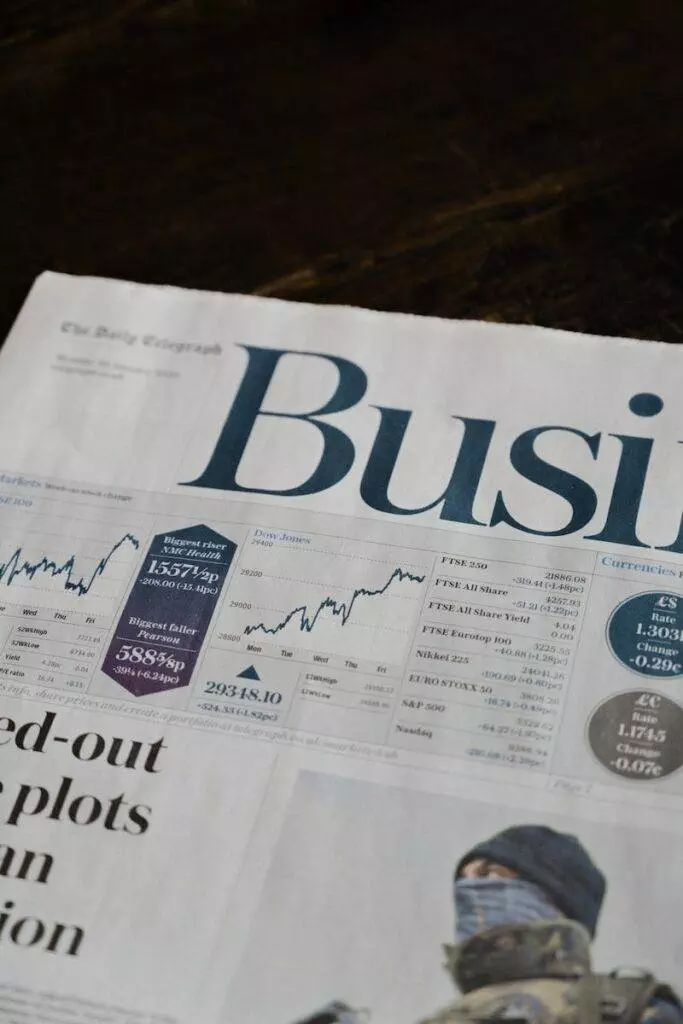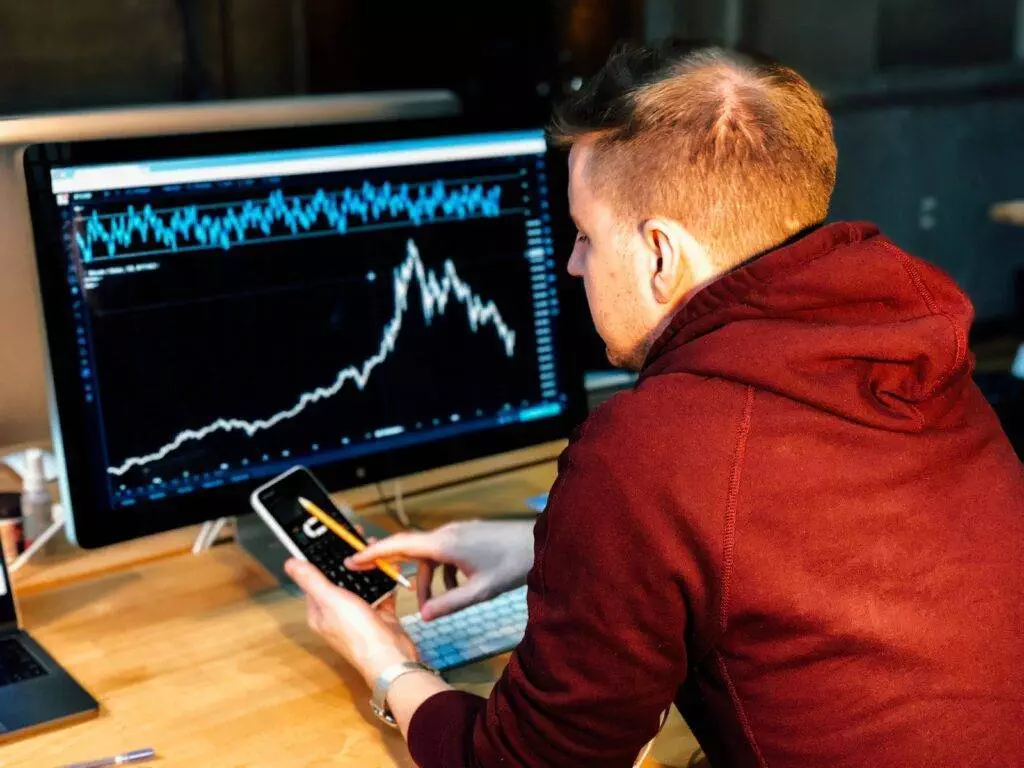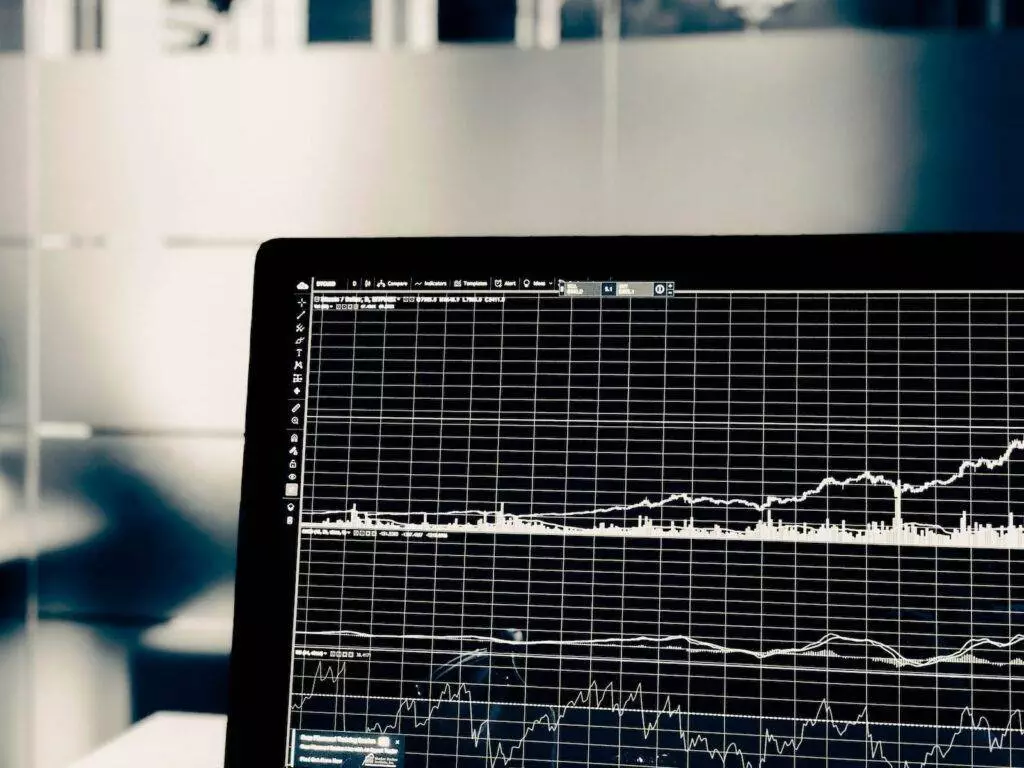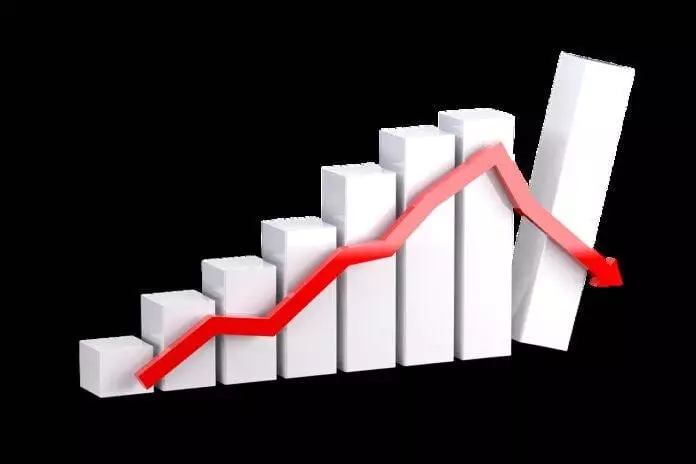Imagine a bustling exchange floor filled with a palpable sense of thrill, where investors made instant decisions drawing from their knowledge of the markets. In the business of options trading, the price fluctuation of the underlying asset plays a considerable role in shaping the process.
Known as implied volatility, this measure reflects how much the option will move over its lifetime relative to factors such as time to expiration, underlying asset price, strike price and interest rate.
In this article, we’ll examine how implied volatility affects options trading, emphasizing why understanding it is so essential for traders. I will discuss strategies used to balance risk with opportunities and, by the end of this article, readers should have a comprehensive understanding of implied volatility and its role in options trading.

The Difference Between Historical & Implied Volatility In Options Trading
Options trading requires an understanding of both past and expected price movements. Historical volatility is a measure based on earlier price activity which provides insight into average price fluctuations. In contrast, implied volatility reflects market conditions and expectations of the future, making it prone to heavy changes in correlation with an asset’s underlying pricing model.
It is this implied volatility that affects option premiums; when it increases, so does the value of the option as there is more uncertainty where the underlying stock will move.
Conversely, a decrease in expected volatility will lead to lower premiums since less risk exists for prospective buyers. To take advantage of these fluctuations, traders must be able to accurately gauge the current level of implied volatility and adjust their options trading strategy accordingly.
How To Calculate Implied Volatility To Determine Option Prices
To understand the impact of implied volatility on option prices, investors need to calculate it first. This measure is an estimate of the expected price movement of a security over a certain period and can forecast certain option strategies probabilities. Simply put, it’s a reflection of how the market views the underlying security direction ahead.
Calculating implied volatility involves determining the option’s current cost in relation to its theoretical value based on fundamental elements, such as time until expiration, strike price, interest rates and underlying asset’s present value. With this data at hand, traders can detect what degree of implied volatility we apply in their options contract. Knowing this allows them more discretion with their option strategies decisions.
Having a grasp on calculating implied volatility provides investors with an effective tool for estimating options prices. This knowledge further enables them to probe into the correlation between market volatility and options pricing, which gives them even more details regarding how these drives combine when trading assets which are derived from options.
Exploring The Relationship Between Market Volatility & Options Pricing
When investing in options, it is important to consider how changing market volatility can affect the price of an option. If a stock’s implied volatility increases, this leads to buyers being willing to pay more for it because of its increased time value. The inverse is also true: a decrease in implied volatility usually shows that buyers will pay less for the option.
By understanding the dynamic between implied volatility and options pricing, traders can better expect how changes in market conditions will affect their positions and adjust their strategies accordingly. With an understanding of the impact of market-driven changes on an option’s price, investors can make more informed decisions when trading with options.

How Can Traders Use Implied Volatility To Their Advantage? Strategies & Tips.
For trading, having a sound understanding of the underlying factors at play can be critical for success. This is especially true when analyzing how market volatility affects financial derivatives such as call and put options. Knowing how changes in volatility can influence option prices is essential for traders looking to leverage these instruments to their advantage.
Before entering any trades, it’s important to assess the risk versus reward associated with leveraging implied volatility in the markets. Although this strategy may yield potential profits, there is no one-size-fits-all approach, and understanding the nuances of market volatility is key. With a firm grasp on how different levels or types of volatility impact options pricing, traders can develop strategies that best suit their investment goals.
Tracking indexes such as the CBOE Volatility Index (VIX) is a great way to monitor future implications of current stock market activity and plan accordingly. Ultimately, understanding both historical and implied volatility gives traders insight into the price movement of a security and therefore allows them to make intelligent trades based on their assessment of potential risk and rewards.
Weighing The Pros & Cons Of Leveraging Implied Volatility In The Markets

Working with various market forces can be highly rewarding if done strategically, though it also includes a certain level of risk. For instance, option traders may want to consider implied volatility when deciding whether to buy or sell an option contract. High levels of expected future volatility might provide greater profits if the price of the underlying asset moves as expected. Higher implied volatility represents a heightened risk, as there is no guarantee that the stock’s movements will go according to plan.
Because of volatility being constantly changing, we must pay close attention to market conditions and any potential shifts in pricing or implied volatilities. When trading options, it is vital for investors to understand associated risks and strategically factor-in elements such as time value decay, the cost of carry and underlying asset activity.
Through proper consideration of these factors and levering them appropriately regarding expected market variability, one can maintain their account security while potentially earning rewards from changes in implied volatilities.
Frequently Asked Questions
What Is The Risk Of Relying On Implied Volatility When Trading Options?
Relying on future market forecasts when trading options is risky, as it can be difficult to accurately predict what will happen. Therefore, understanding the associated risks is essential for any investor.
One risk involves the potential for prices of options to move differently than expected because of changes in the asset or macroeconomic conditions. This means investors must know such changes and adjust their strategies accordingly.
Relying on predicted movements also exposes investors to liquidity risk–so before making a position based on them, one must consider how liquid the asset is and put hedging strategies in place that can limit losses from unexpected movements.
By understanding how forecasted market movements may affect options and using them as part of an overall strategy with caution, investors can better position their investments for long-term success.
How Do Changes In Implied Volatility Affect Option Values?
Understanding how changes in implied volatility affect option values is an important factor for traders when deciding about their trades. Implied volatility is the estimated measure of how much a stock’s price will fluctuate over a period, and it can have a significant impact on the value of options. Here are three key points to consider:
1. High implied volatility increases option premiums, so traders can expect higher prices for call and put options.
2. low implied volatility reduces option premiums, meaning that traders must pay less for options.
3. When implied volatility changes unexpectedly, it can create opportunities for profits or losses depending on whether the trader holds long or short positions in their options contracts.
Implied volatility can be an unpredictable variable, making it difficult to accurately predict how option values may change in response to shifts in market sentiment. It’s important to stay informed about the latest developments in the market and monitor changes in implied volatility so that you can adjust your trading strategy accordingly and remain one step ahead of any potential risks or rewards from your trades.
How Long Should Traders Pay Attention To Implied Volatility?
When trading in options, it is essential to be aware of the influence that volatility can have on an option contract’s value. While the importance of this factor may depend on a trader’s personal strategy and goals, both short-term traders and long-term investors should consider it for their decisions.
For short-term traders, having an accurate understanding of implied volatility is especially vital. They should remain vigilant and be able to detect changes instantaneously, as well as pinpoint how different levels of volatility impact strategies such as straddles and butterflies. Conversely, long-term investors should prioritize researching stocks or indices to better inform their decisions about opening and closing positions.
In summary, successfully using the power of option trading lies in comprehending how volatility affects options prices. It is essential to recognize when and how much attention needs to be paid to this metric depending on the strategy you are applying — a realization that requires thoughtful consideration and research.
How Can Implied Volatility Be Used To Predict Future Market Movements?
Implied volatility can be an invaluable tool for predicting future market movements. Its ability to measure investors’ sentiment and provide insight into potential price movements can give traders a valuable edge when making their trading decisions. In this article, we’ll discuss how implied volatility can get ahead of the market and make more informed trades.
First, implied volatility allows traders to assess the level of risk in the market. It considers the current price of an option and other factors, such as expected economic events or announcements, that could affect the underlying asset’s price. By using implied volatility to gauge market sentiment, traders can assess whether prices are likely to go up or down in the near term.
Second, implied traders often use volatility to identify potential opportunities for arbitrage or hedging strategies. Traders may use it to determine if a security is overpriced or underpriced compared to its peers and then take advantage of these discrepancies by either taking long or short positions on them.
Third, implied volatility is also useful for determining which options strategies may be most effective. For instance, if implied volatility is high, then buying calls may be more profitable than writing puts; conversely, if implied volatility is low, then writing puts may be more helpful than buying calls. By understanding how different options strategies perform during different levels of implied volatility, traders can better tailor their approach to fit changing market conditions and maximize their gains.
Finally, using historical data on implied volatility levels and market trends can help traders expect future movements in the markets and make more informed trading decisions. Looking back at past levels of implied volatilities can help forecast what could happen next and give traders an idea of where prices are headed in the near term. With this knowledge in hand, they’ll have a greater chance of success when trading options contracts based on their predictions about future market movement.
What Is The Most Effective Way To Use Implied Volatility When Trading Options?
When trading options, using implied volatility can be a powerful tool. However, it’s important to understand the most effective way to use it. To get a better grasp of this concept, let’s dive in and inspect.
In put it simply, implied volatility is a measure of the expected price range for an asset or security over a period. You can think of it as a tool for predicting future market movements and how they might affect your options trades. By considering the current price action, investors can use this information to determine when to enter or exit positions in order to maximize their profits.
I often used implied volatility as part of an overall strategy when trading options. For example, if the implied volatility is high and you expect prices will remain within its range, you might enter long option contracts with greater leverage. If the implied volatility is low and you expect prices to move outside its range soon, then shorting option contracts could be more beneficial. Knowing which direction prices are likely to move in can help traders make more informed decisions about their trades.
It’s also important to remember that implied volatility isn’t always accurate and can change quickly without warning because of external events or news announcements. That’s why it’s crucial for traders to keep up with current market trends and adjust their strategies accordingly in order to stay ahead of the curve. By understanding how implied volatility works and applying these strategies effectively when trading options, investors can gain an edge over other market participants and increase their chances of success in the long run.
Conclusion
In conclusion we from Rips and Dips, wants you to understand the inherent risks of utilizing option prices to predict future market movements is critical. Investors should consider how changes in price affect levels of expectancy, as well as how long such shifts will endure. It is also important to perform comprehensive research into the stock’s past performance so that traders can make accurate predictions concerning what may happen in the future.
Much like a blade with two sharp sides, relying too heavily on this method of analysis can bring both advantages and disadvantages. To offset such hazards, investors must tread carefully and remain intelligent when decide. As long as individuals employ research techniques prior to executing trades, they will dramatically increase their chances of success while reducing risk exposures.
In the end, effectively using option prices requires a delicate balance between taking rewards and mitigating dangers. An outlay of sufficient preparation and an intimate knowledge of a stock’s historical trends permit traders to enter trades with confidence that they have taken all necessary steps to reap maximum returns.



